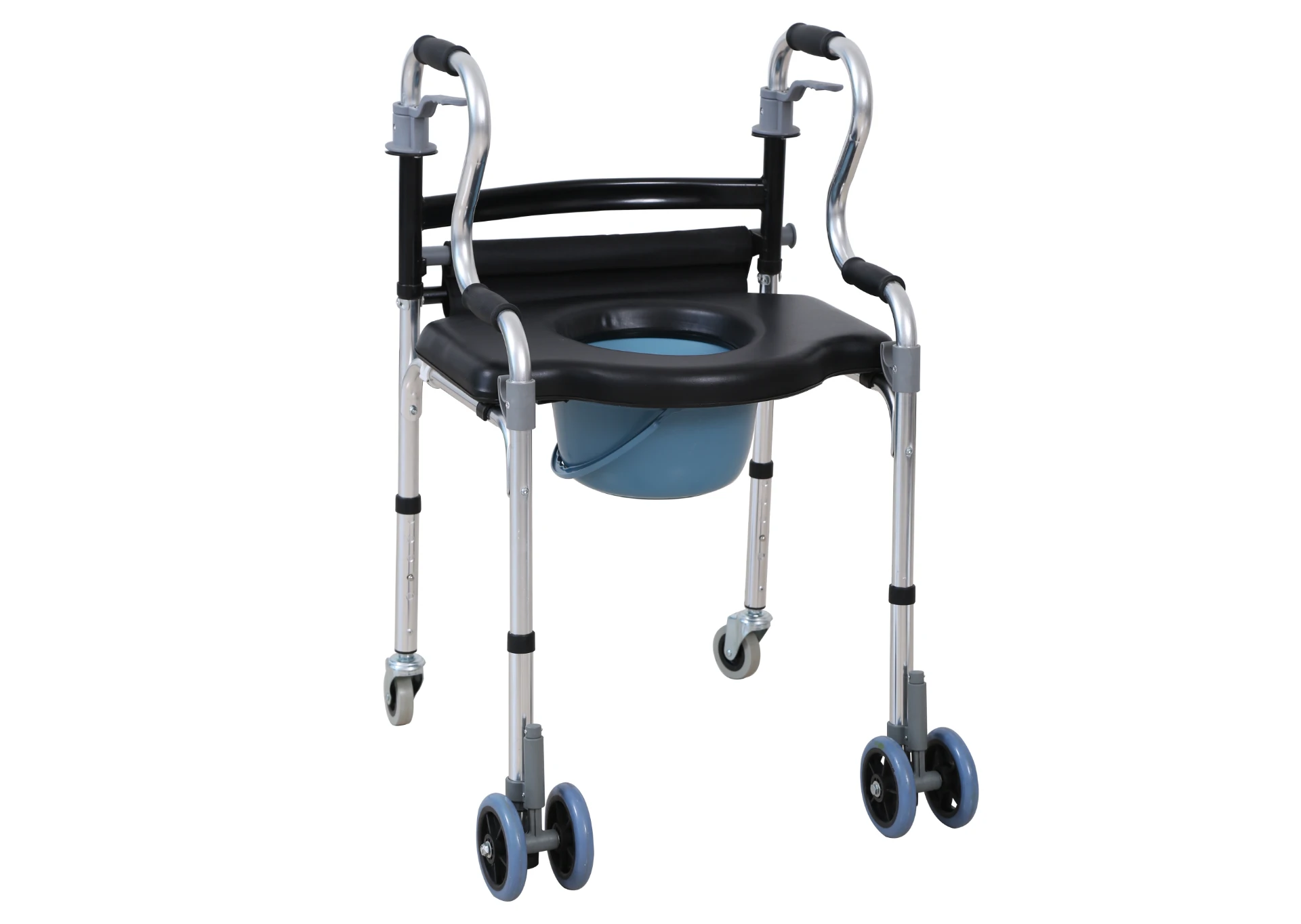Welcome to our websites!
physical therapy gait training equipment
The Role of Physical Therapy Gait Training Equipment in Rehabilitation
Gait training is a critical component of rehabilitation for individuals recovering from injuries, surgeries, or medical conditions that affect mobility and balance. Physical therapy gait training equipment plays a vital role in this process, providing the necessary support and stimuli to help patients regain their walking ability. This article explores various types of equipment used in gait training, their benefits, and how they contribute to improved patient outcomes.
One of the most commonly used pieces of equipment in gait training is the treadmill. Treadmills designed for rehabilitation often include specialized features such as adjustable incline, speed settings, and sometimes even body weight support systems. Body weight-supported treadmills allow patients to walk without bearing their full weight, which is particularly helpful for those with severe injuries or muscle weakness. This reduction in weight-bearing stress helps patients develop the strength and coordination needed for independent walking, making it a cornerstone of many rehabilitation programs.
In addition to treadmills, therapists frequently utilize parallel bars as an essential tool in gait training. Parallel bars provide stability and support while allowing patients to practice walking movements safely. They encourage proper gait mechanics by offering a secure environment for patients to focus on their foot placement, posture, and weight distribution. With the ability to adjust the height, parallel bars can accommodate users of various sizes and needs, making them a versatile option in therapy settings.
Another critical piece of equipment is the gait trainer. These devices are designed to assist patients who have difficulty walking independently. Gait trainers typically consist of a supportive frame with wheels, and they often include harness systems to secure the patient safely. The design encourages an upright posture and helps promote natural walking patterns. For individuals recovering from strokes or severe neurological conditions, gait trainers can provide the necessary support to practice ambulation and build confidence in their ability to walk.
physical therapy gait training equipment

One innovative approach to gait training is the use of robotic exoskeletons. These devices are increasingly being integrated into rehabilitation programs for patients with serious mobility impairments. Robotic exoskeletons assist individuals in performing walking movements by providing mechanical support to the lower limbs. This technology not only helps in actual physical movement but also stimulates the neural pathways associated with gait, thereby enhancing recovery. While still in the early stages of widespread use, robotic exoskeletons show promising results in improving walking ability among individuals with spinal cord injuries and other conditions.
Virtual reality (VR) systems are another exciting development in gait training technology. VR can create immersive environments that engage and motivate patients while they perform gait training exercises. By simulating real-world scenarios, such as crossing a street or navigating obstacles, VR helps patients practice their balance and coordination in a safe setting. This interactive approach not only makes therapy more enjoyable but also has the potential to accelerate the rehabilitation process.
In conjunction with these advanced technologies, traditional approaches such as manual therapy and exercise programs continue to play a crucial role. Physical therapists often combine the use of equipment with personalized exercise regimens tailored to the specific needs of each patient. This comprehensive approach ensures that patients receive the right balance of support, challenge, and skill-building necessary for recovery.
In conclusion, physical therapy gait training equipment is essential for the rehabilitation of individuals with mobility impairments. Treadmills, parallel bars, gait trainers, robotic exoskeletons, and virtual reality systems all contribute significantly to developing walking skills and enhancing mobility. This equipment, combined with the expertise of physical therapists, creates a supportive environment in which patients can regain their independence and improve their quality of life. As technology continues to evolve, so too will the methods and equipment available for gait training, promising even better outcomes for those on their journey to recovery.
-
Navigating the Wholesale Landscape of Electric Mobility Solutions: Key Considerations for Power Wheelchair DealersNewsJun.10,2025
-
Navigating the Wholesale Market: A Comprehensive Guide to Procuring Wheelchairs and Mobility EquipmentNewsJun.10,2025
-
Navigating the World of Wholesale Rehabilitation Equipment: A Guide for DistributorsNewsJun.10,2025
-
A Wholesaler’s Essential Guide to Sourcing Hospital Furniture: Key Considerations with Hebei Boxin Recovery Equipment Co., Ltd.NewsJun.10,2025
-
A Wholesaler’s Definitive Guide to Sourcing Hospital Beds: Key Considerations with Hebei Boxin Recovery Equipment Co., Ltd.NewsJun.10,2025
-
Unveiling the Secrets of Sourcing High - Quality Medical Exam Beds for Sale: A Wholesaler's GuideNewsJun.10,2025
-
Essential Equipment for Ambulance and Emergency CareNewsApr.17,2025











